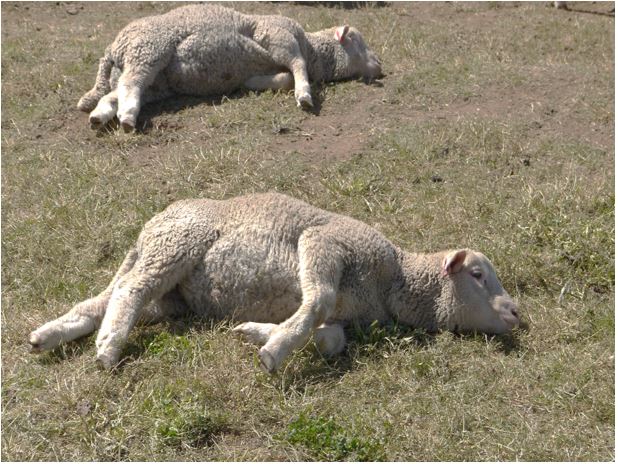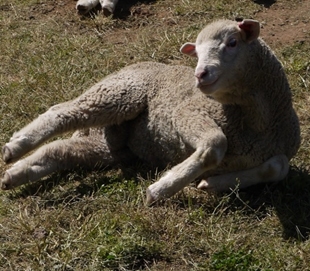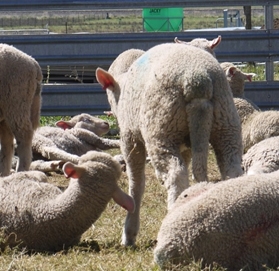Can you always tell how the lambs in the paddock are feeling?
When we look at our animals, we can usually tell if they’re sound or lame, healthy or ill, or happy or distressed. Certain signs are obvious – lambs running and playing are usually well, whereas if one’s standing alone with its head down, it’s not.
Is it always that obvious? Here are three reasons why it may not be:
- Sheep can be very good at hiding their problems, so that they can live comfortably in their flocks, safe from predators.
- Two different people often see two different things when they look at an animal, particularly when it comes to assessing the severity of a problem.
- Like humans, all animals are individual in terms of how much they feel, tolerate and exhibit pain.

Scales of Lamb Behaviour
Scientists understand this very well, which is why they’ve found some interesting ways to categorise pain-related behaviours in lambs. By using ‘pain scales’ based on body language – known technically as ethograms – they can more accurately identify and measure signs of pain in animals. Scales for pain-related facial expessions are often called ‘grimace scales’.

Examples of Pain-Related Behaviours in Lambs
Here are some of the pain related behaviours that are assessed when scientists assess the levels of pain experienced by lambs during and after marking.
Pain-related facial expressions and movements include:
- Narrowing the eyes
- Rotating the ears
- Flattening the cheeks
- Tightening the lips and jaw
- Lines forming a ‘V’ between the nostrils
- Lip curling and trembling
- Teeth grinding

Here are some active pain avoidance behaviours that are fairly easy to recognise.
- Restlessness
- Kicking and foot stamping while standing still or lying down
- Rolling from one side to another without getting up
- Pawing the ground repeatedly
- Licking or biting a wound site
- Lowering hindquarters while standing, or raising them while lying
These changes in posture are also associated with pain.
- Standing with legs stretched out
- Standing statue-like while others are moving
- Walking stiffly or unsteadily
- Lying on the stomach with all legs tucked up or very close to the body
- Lying on the side with one shoulder on the ground, with hindlimbs and/or forelimbs fully extended
- Attempting to lie down, but not achieving it in a single action
- Rolling from one side to the other without getting up
Lambs will often show a combination of signs, or may move from one to another as pain increases or subsides.

The use of pain scales in Numnuts studies
These pain related behaviours and blood test results help us to measure the effectiveness of Numnuts in improving lamb welfare during husbandry procedures.
Read more about the forthcoming Australia-wide study being conducted by CSIRO and the University of Melbourne.



